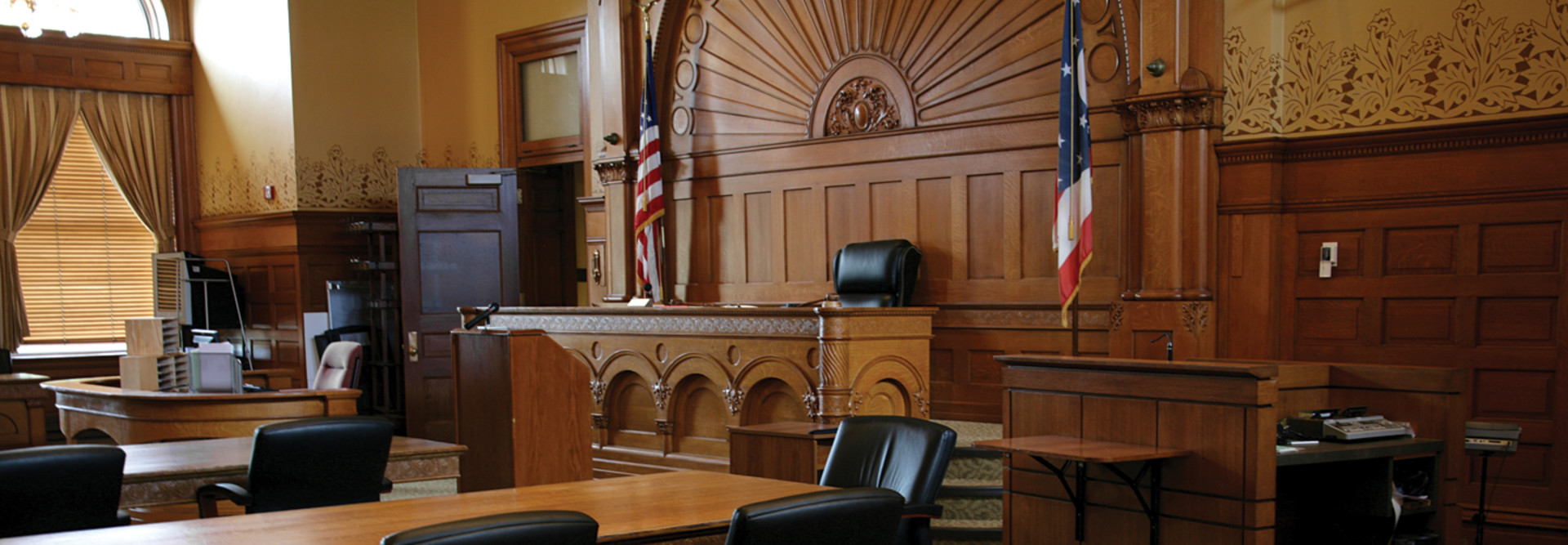Court Systems Turn to Virtual Appearances
Since the start of the coronavirus pandemic, court systems across the country have been conducting proceedings via videoconferencing technology as government buildings and courthouses closed and physical distancing guidelines have been implemented.
In August, a Travis County, Texas, court became the first to hold a criminal jury trial virtually in the U.S., via Zoom. During the pandemic, courts have directed a wide range of proceedings virtually, including filing motions and having detectives, prosecutors and crime survivors appear remotely, as Wired notes. The publication reports:
At least 16 states used Zoom to conduct bail, evidentiary, and other pre-trial hearings. Federal legislation authorized district court judges to allow video or teleconference in some criminal proceedings, including guilty pleas and sentencing. Both Florida and Texas have conducted civil and criminal trials on Zoom.
According to the National Center for State Courts, virtual court appearances have made it more likely that the subjects of court proceedings will actually show up. For example, according to the NCSC, “in some parts of North Dakota, appearance rates for criminal warrant hearings are nearly 100 percent, compared to about 80 percent before the pandemic.” In Michigan, the failure-to-appear rate has plunged. “Considering all its cases, the rate went from 10.7 percent in April 2019 to 0.5 percent in April of this year,” the NCSC notes.
However, it’s not just the courts that have benefited from the wider use of such technologies.
READ MORE: Videoconferencing helps judges hear cases faster and defendants see less jail time.
Jails, Probation Officers Lean on Remote Communication
In Utah, the state was experiencing a high level of recidivism before the pandemic. The state’s Commission on Criminal and Juvenile Justice used funds from a justice reinvestment initiative to work to reduce recidivism by conducting interviews with those who had been arrested to determine if they could be released from jail.
Technology solutions now allow Utah counties to have sheriff’s department personnel conduct these interviews remotely using secure, encrypted connections via a Cisco video telepresence endpoint and CDW’s Cloud Collaboration Video Registration subscription service.
The interviewers ask inmates questions to determine a variety of factors, including their
risk of reoffending, whether they have missed previous court appearances, whether they have mental health or substance abuse issues and whether they need to be housed separately from moderate to high offenders.
Such evaluations help determine whether the individual can be released early, before the first court appearance. The data from these evaluations will be provided to the state legislature to determine the effectiveness of the program in reducing recidivism.
Probation officers are also turning to remote and virtual visitation to check up on parolees and take tours of their residences. Sometimes this is done via common videoconferencing applications, such as FaceTime or Google Hangouts.
Courts and judicial systems will have to continue to adapt to ensure justice is being served. Technology solutions can help them meet the moment.
This article is part of StateTech’s CITizen blog series. Please join the discussion on Twitter by using the #StateLocalIT hashtag.












